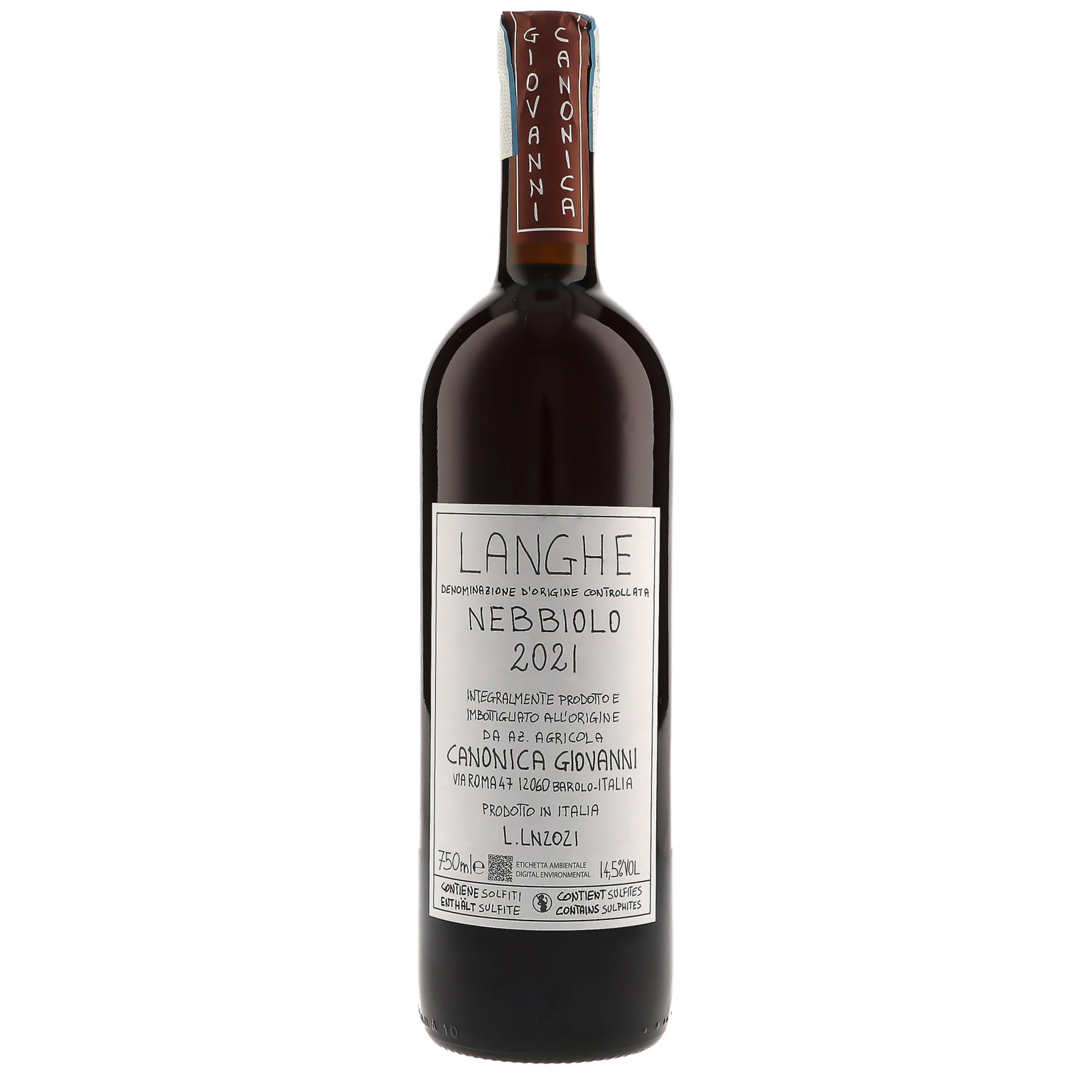Giovanni Canonica
Add to Favorites
Please Log In
Log in or sign up to add this producer to favorites.
1 product
"What speaks to me most about Giovanni Canonica is simple: it's all about the wine. Gianni has a singular focus on creating an individual wine that evokes the terroir of the Paiagallo cru and doesn't get distracted by gimmicks or fads. These wines are ultra rare, classic in style but individually expressive and unique. They have the hallmarks of traditional Barolo, exotic perfume on the nose, bright red cherry, a hint of baking spice from the oak, but they are exceptionally clean and elegant--a truly gorgeous wine." -Nick Berenson, Thatcher's Wine LA
Giovanni started his Domaine in 1983, a time where low intervention and healthy farming wasn't really part of the conversation in Piedmont. He didn't care, he didn't want to follow suit with what everyone was doing, even it meant being laughed at by fellow winemakers. He has one belief when starting, something he has stayed true to up until present time: "I want my Barolo to almost make itself”.
With just under 2ha production, the estate is small and most of the wine is exported to Japan, one of his first markets. His lineup consists of two Barolos and a Nebbiolo; The most 'famed' would be Paiagallo, located just above the town of Barolo at about 400 meters. Giovanni farms roughly 2ha of Nebbiolo here, with a sprinkle of Barbera reserved for friends and family. This part of Barolo has younger soils that traditionally produce lighter and more ethereal examples of Nebbiolo. When Giovanni started in 1983, he was crushing by foot and not using sulfur; resultantly, his wines were not commercially sold until 2000 as most people didn't have interest in wines being made this way, and it was mainly sold in bulk. He also then acquired a small plot from his father in law, in which he started making his Nebbiolo. He hasn't made changes to his philosophy since he started, low intervention, no herbicides or pesticides, low sulfur and copper use only in the vineyards when needed. In the cellar, the grapes are de-stemmed, followed by 30-40 day maceration in a vertical press, then fermented in cement tank and used Slavonian oak.






